1 March 2025
In the world of dreams, where cozy spaces bloom and simplicity reigns supreme, tiny homes have become more than just a trend—they’re a movement. A rebellion against the sprawling suburbs and hefty mortgage payments. There’s something magical about trading in hundreds of square feet for a space that’s just enough. But here's the kicker: building—or even parking—a tiny home isn’t exactly smooth sailing. Why? Two words: zoning laws.
Let’s talk about them. Those pesky, often complicated rules stand between you and your dream of a quaint, minimalist lifestyle. They’re like a maze, full of twists, turns, and dead ends. But fear not! Together, we’ll navigate the labyrinth of zoning laws and figure out how to make your tiny home dream come true. 
What Are Zoning Laws, Anyway?
First things first, let's get on the same page. Zoning laws are like the rulebook for land use. They dictate what can and can’t happen on a piece of property. Residential zones, commercial zones, industrial zones—think of them as the invisible lines that divide our cities and towns.Zoning laws tell you whether you can build a mega-mansion or set up a lemonade stand on a particular plot of land. And, of course, they’ve got a lot to say about tiny homes too. The kicker? These rules differ wildly depending on where you live. 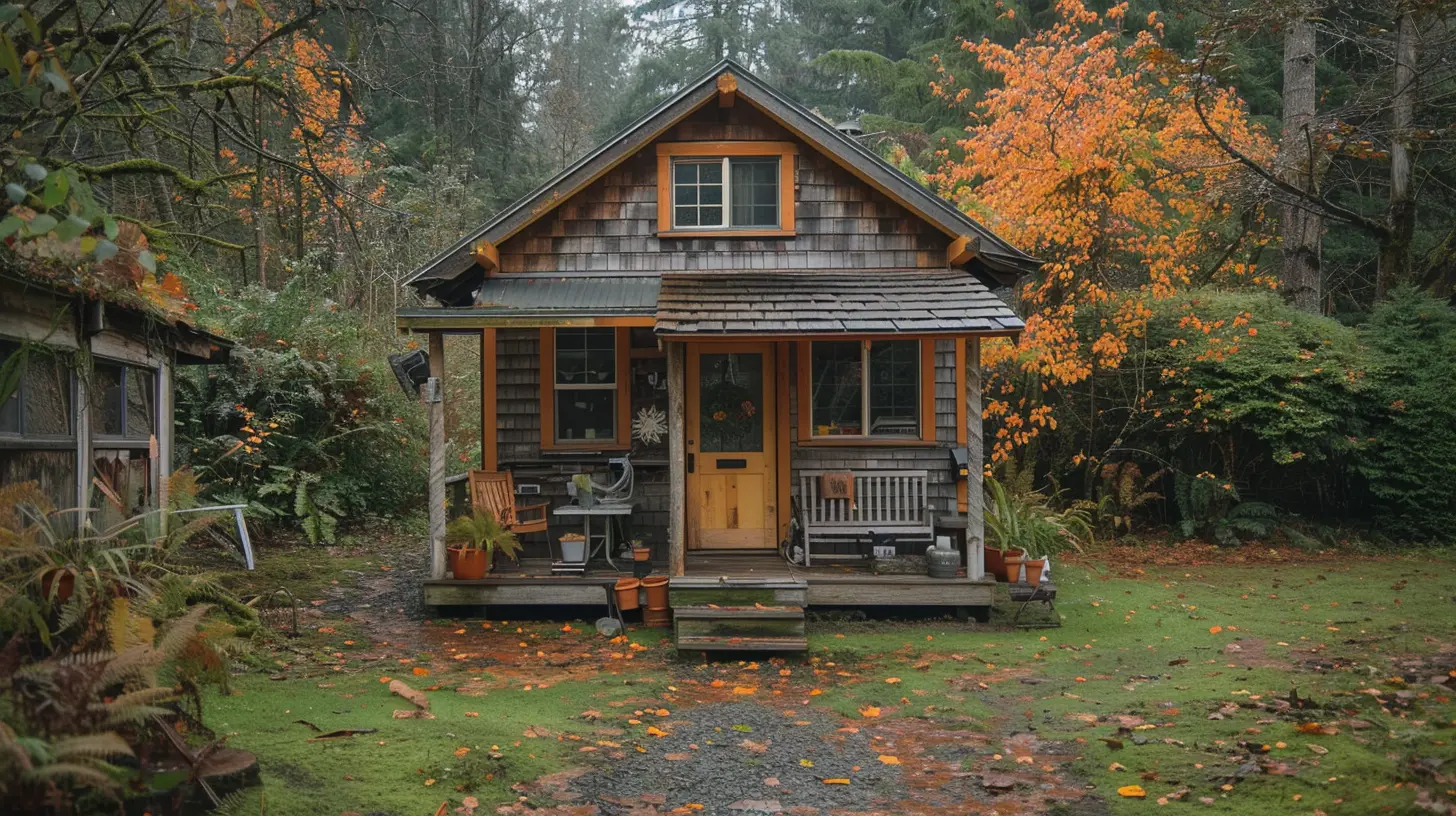
How Tiny Homes Challenge the Status Quo
Tiny homes don’t just color outside the lines—they practically throw the whole coloring book out the window. Traditional zoning laws were written with cookie-cutter homes in mind, not 300-square-foot masterpieces on wheels.Why the ruckus? Tiny homes blur the boundaries between RVs, ADUs (accessory dwelling units), and full-fledged houses. Are they a permanent residence? A mobile escape pod? The gray area leaves room for confusion—and often, rejection—by local governments.
The Big Questions Zoning Laws Ask
When you’re trying to build or place a tiny home, zoning laws typically zoom in on a few key questions:1. Where Can You Place It? Can you park it in a backyard? Set it up in an RV park? Keep it on a vacant lot?
2. Is It Permanent or Mobile? Is your tiny home hitched to wheels, or is it sitting on a foundation?
3. What’s the Minimum Lot Size? Some zoning laws require homes to sit on a certain amount of land. Tiny homes often don’t make the cut.
4. Does It Meet Building Codes? This one’s a doozy. Building codes ensure safety, but they’re often designed for larger, traditional homes—not tiny ones.
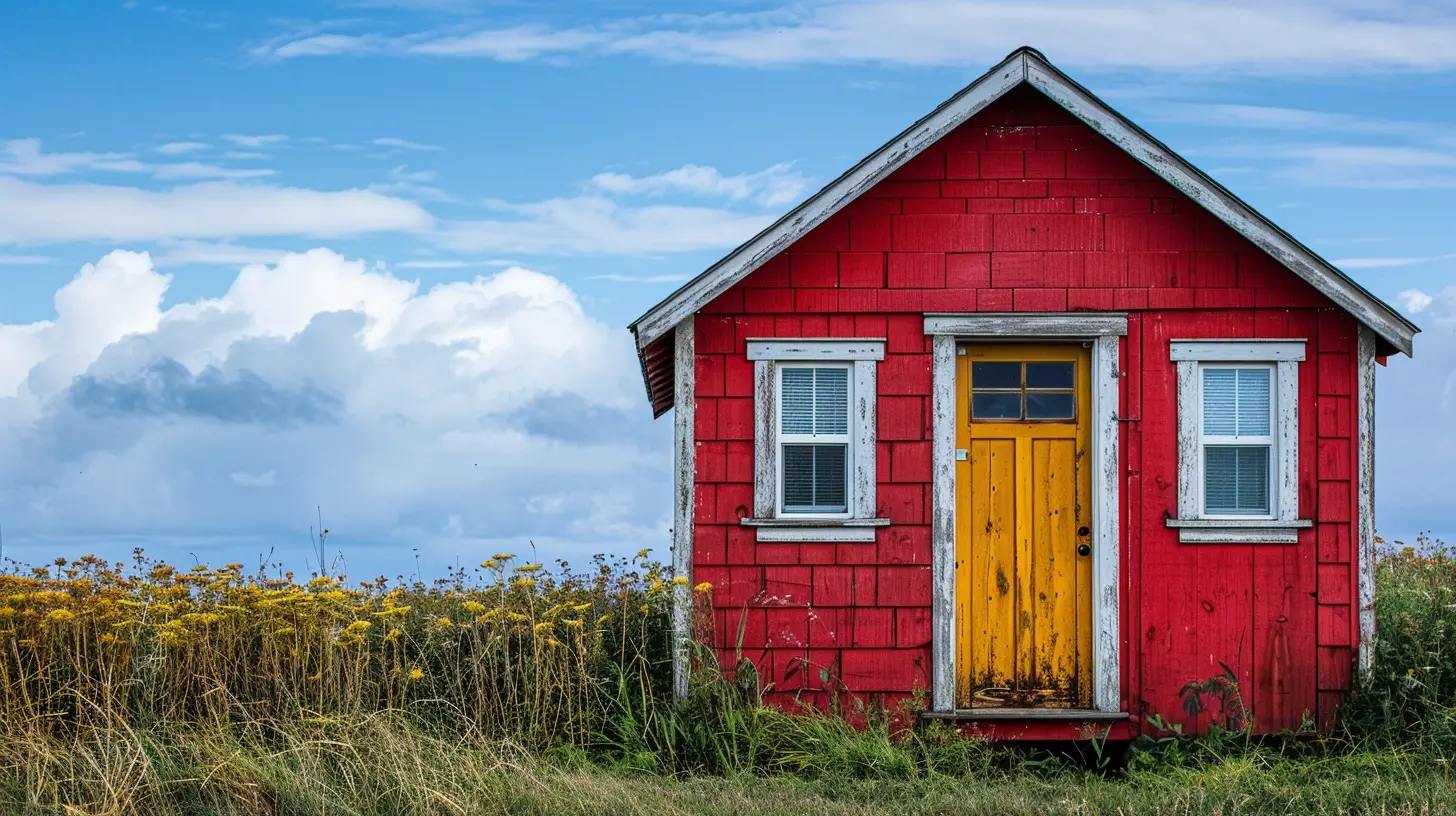
The Clash Between Tiny Homes and Local Officials
Here’s the truth: Tiny homes scare policymakers. Not because they’re bad, but because they’re different. Straying from the norm tends to make people uncomfortable.Imagine you’re a local official trying to keep neighborhoods orderly. Along comes a wave of tiny homes, and suddenly you’re facing questions like:
- Will this affect property values?
- How do we regulate something so unconventional?
- Is this a slippery slope to chaos?
It’s no wonder some officials throw up roadblocks faster than you can say “minimalist living.” 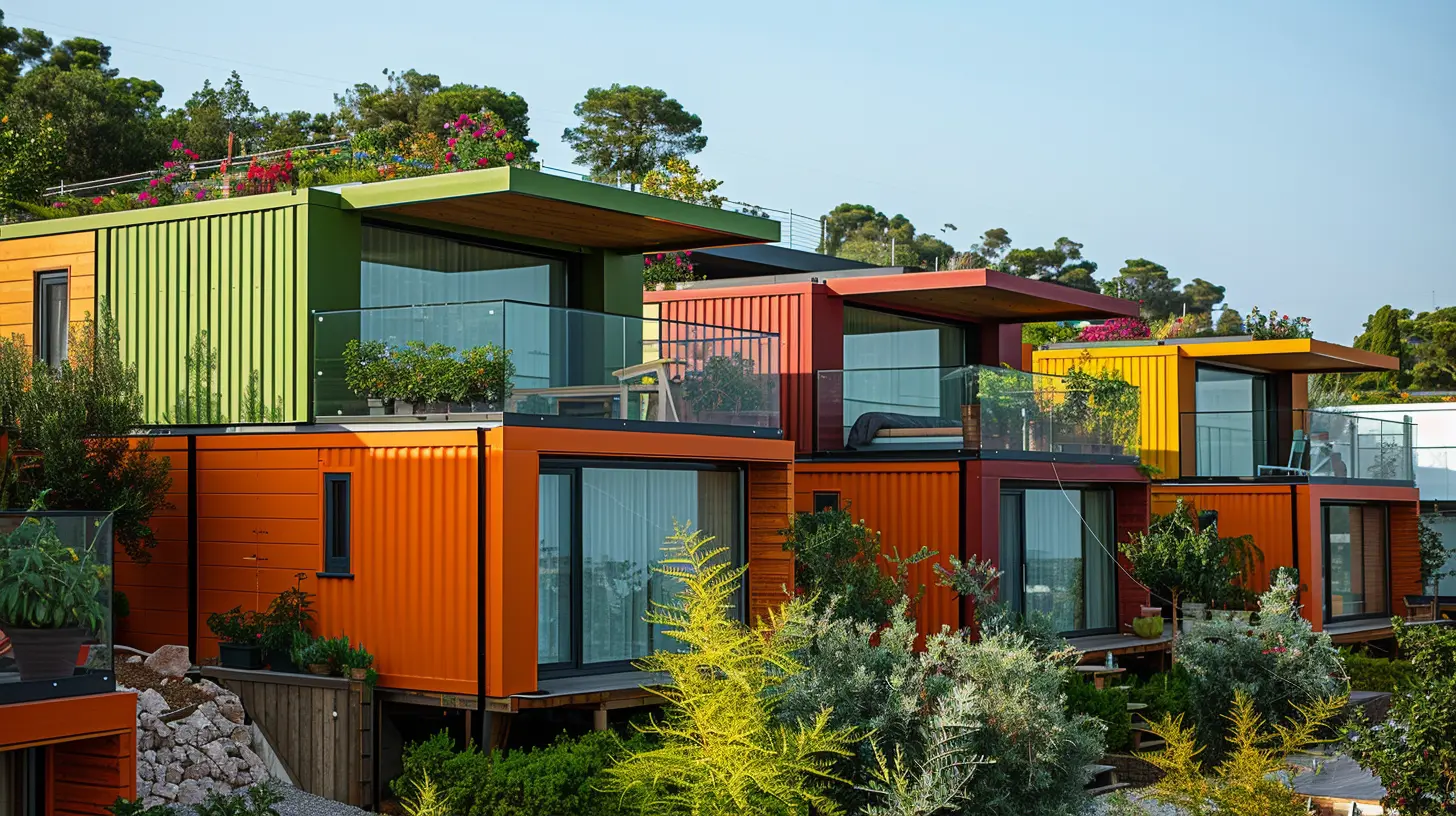
Cracking the Code: Ways to Navigate Zoning Laws
All hope is not lost. In fact, plenty of tiny home enthusiasts have paved the way through the red tape. Here’s how:1. Do Your Homework
Think of zoning laws as a puzzle. Before you start building, get familiar with the rules in your area. Your city or county’s planning department is a good place to start.Find out what’s allowed, where it’s allowed, and what hoops you’ll need to jump through. Trust me, knowing the rules is half the battle. It’s like reading the playbook before a big game.
2. Consider Backyard Living
Have a generous friend or family member with extra space? Parking your tiny home in someone’s backyard might be an option—but check local rules first.Some areas allow tiny homes as ADUs, meaning you can legally live on someone else’s property as long as you follow specific guidelines. Think of it as a win-win: You get a place to live, and they get to use their space creatively.
3. Look for Tiny Home Communities
Yes, they exist! Tiny home villages are popping up across the country, offering a haven for small-scale living enthusiasts. These communities often have zoning tweaks and special permits that make tiny living a breeze.It’s like joining a club where everyone speaks your language. Plus, you’ll be surrounded by like-minded neighbors who “get it.”
4. Get Political
Sometimes, you’ve got to fight for what you want. Advocating for zoning changes or more progressive building codes can make all the difference. Attend city council meetings, join tiny home associations, and rally your community to push for change.Remember, policies don’t change overnight. But every voice matters, and yours could make tiny living more accessible for future generations.
Building Codes and Tiny Homes: A Love-Hate Relationship
Ah, building codes—the overprotective parent of the housing world. They exist to keep us safe, no doubt about that. But when it comes to tiny homes, they often feel like an ill-fitting suit.For instance, many building codes require homes to have minimum ceiling heights, room sizes, and even stair dimensions. While these rules make sense for traditional homes, they can be downright ridiculous for tiny spaces.
The solution? Some tiny homeowners work with local officials to get exemptions or variances. Others opt to build “non-permitted” homes in areas where enforcement is lax (though this comes with risks—so tread carefully).
Wheels vs. Foundations: The Great Debate
Here’s another wrinkle in the zoning law saga: Should your tiny home be on wheels or a foundation? This decision can make or break your zoning compatibility.Tiny Homes on Wheels (THOWs)
These are the go-anywhere, park-anywhere darlings of the tiny home world. But when it comes to zoning, THOWs often get treated like RVs. Translation? Some areas only allow them in RV parks or campgrounds.The upside? Mobility. If one place doesn’t work out, you can hitch up and move to greener pastures.
Tiny Homes on Foundations
These are more like traditional homes, and they’re often easier to get approved by local zoning boards. The catch? They’re, well, permanent. Once you build on a foundation, there’s no turning back.Each option has its pros and cons, so choose wisely based on your lifestyle and local rules.
The Silver Lining: Progress Is Happening
Here’s the good news: Attitudes about tiny homes are starting to shift. As housing costs skyrocket and environmental concerns grow louder, more people are recognizing the value of smaller, more sustainable living spaces.Cities like Fresno, California, and Spur, Texas, have already embraced tiny homes by easing zoning restrictions. They’re not alone—other municipalities are following suit. The tide is turning, and tiny home living is becoming more mainstream.
Tips for Keeping Your Sanity
Let’s be real—dealing with zoning laws can feel like shouting into the void. But don’t lose hope. Here are a few tips to keep your sanity intact:1. Be Patient: Change takes time, especially when it involves bureaucratic hurdles.
2. Plan Ahead: The more research you do upfront, the fewer headaches you’ll face down the road.
3. Ask for Help: Whether it’s a lawyer, a builder, or a tiny home advocate, don’t hesitate to lean on experts.
4. Stay Flexible: If one plan doesn’t work out, pivot to another. Tiny living is all about adaptability, after all.
The Future of Tiny Homes and Zoning Laws
So, what does the road ahead look like for tiny homes? Honestly, it’s a mixed bag. Progress is happening, but it’s uneven. Some areas are racing to embrace tiny living, while others are staunchly holding onto the past.The key is to keep pushing. Every tiny homeowner who challenges zoning laws, builds a legal tiny home, or advocates for change is part of a larger movement. Together, we’re proving that tiny living isn’t just practical—it’s transformative.
Final Thoughts
Navigating zoning laws for tiny homes is no walk in the park. It’s more like hiking a steep mountain trail—challenging, exhausting, but oh-so-rewarding when you finally reach the top.So, don’t let the red tape scare you off. With some patience, persistence, and a dash of creativity, you can make your tiny home dream a reality. After all, isn’t that what tiny living is all about? Simplifying, downsizing, and focusing on what truly matters.


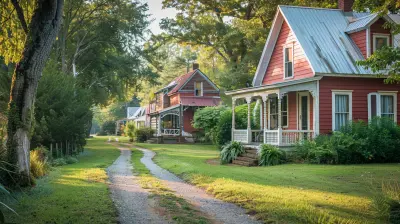


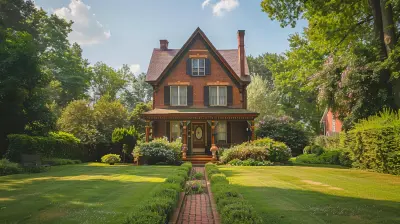

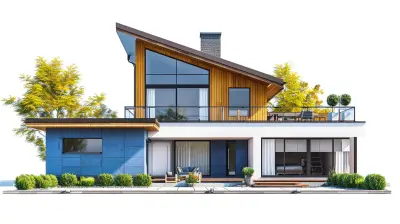



Brandon Hardy
Embrace tiny living; zoning laws can’t stifle innovation and freedom!
March 21, 2025 at 4:13 AM